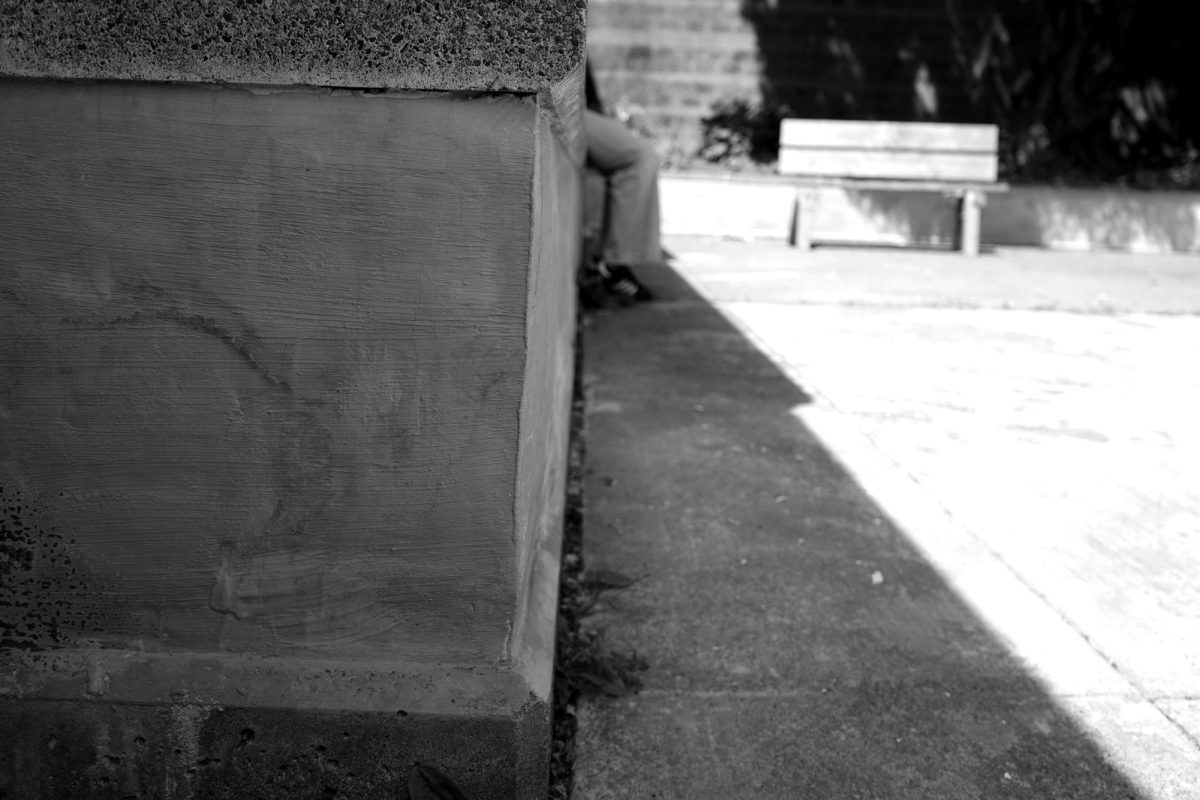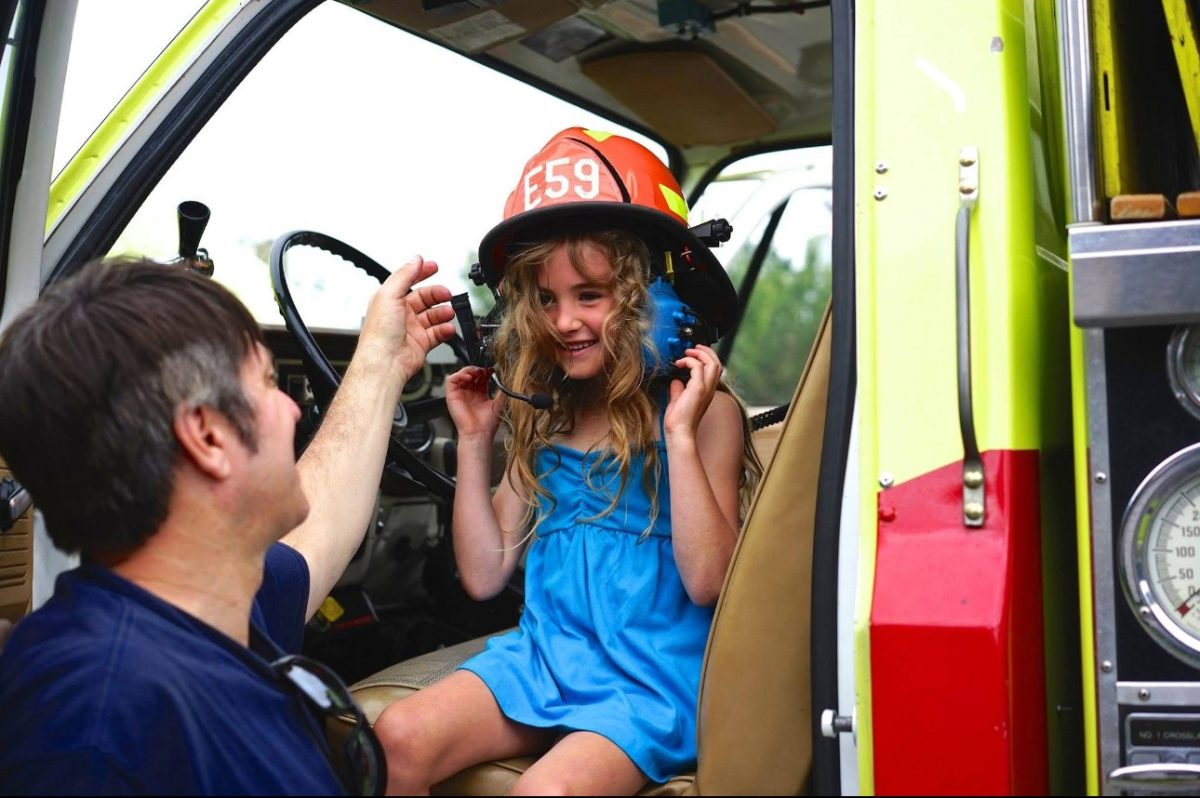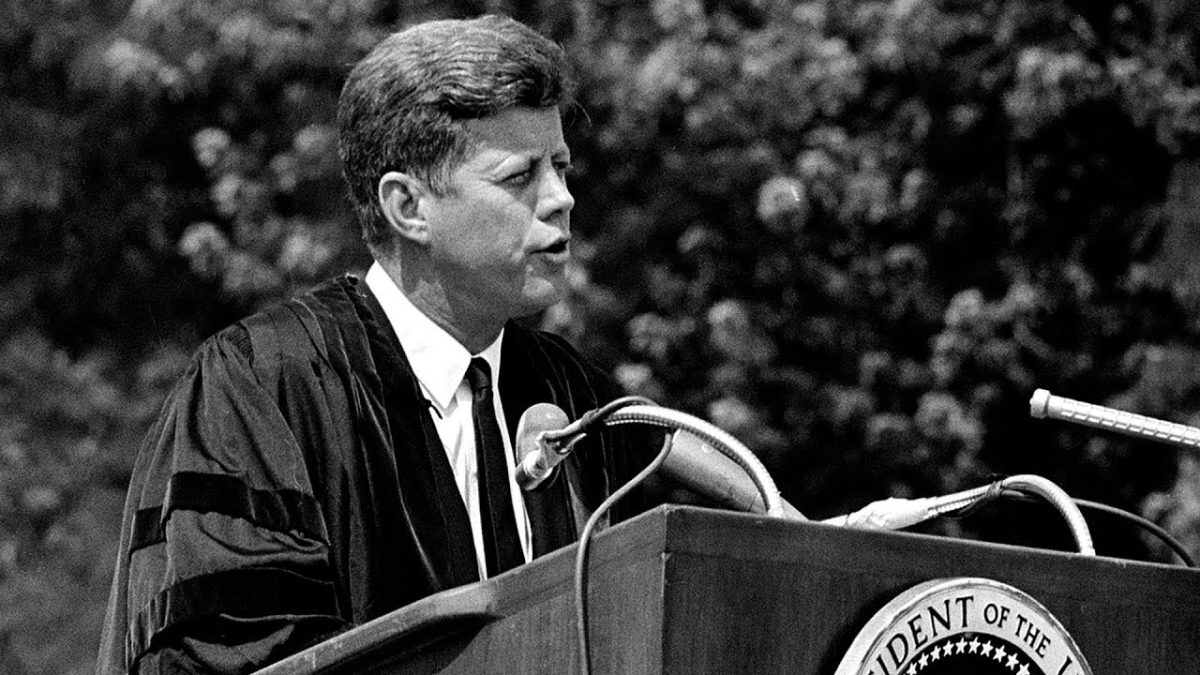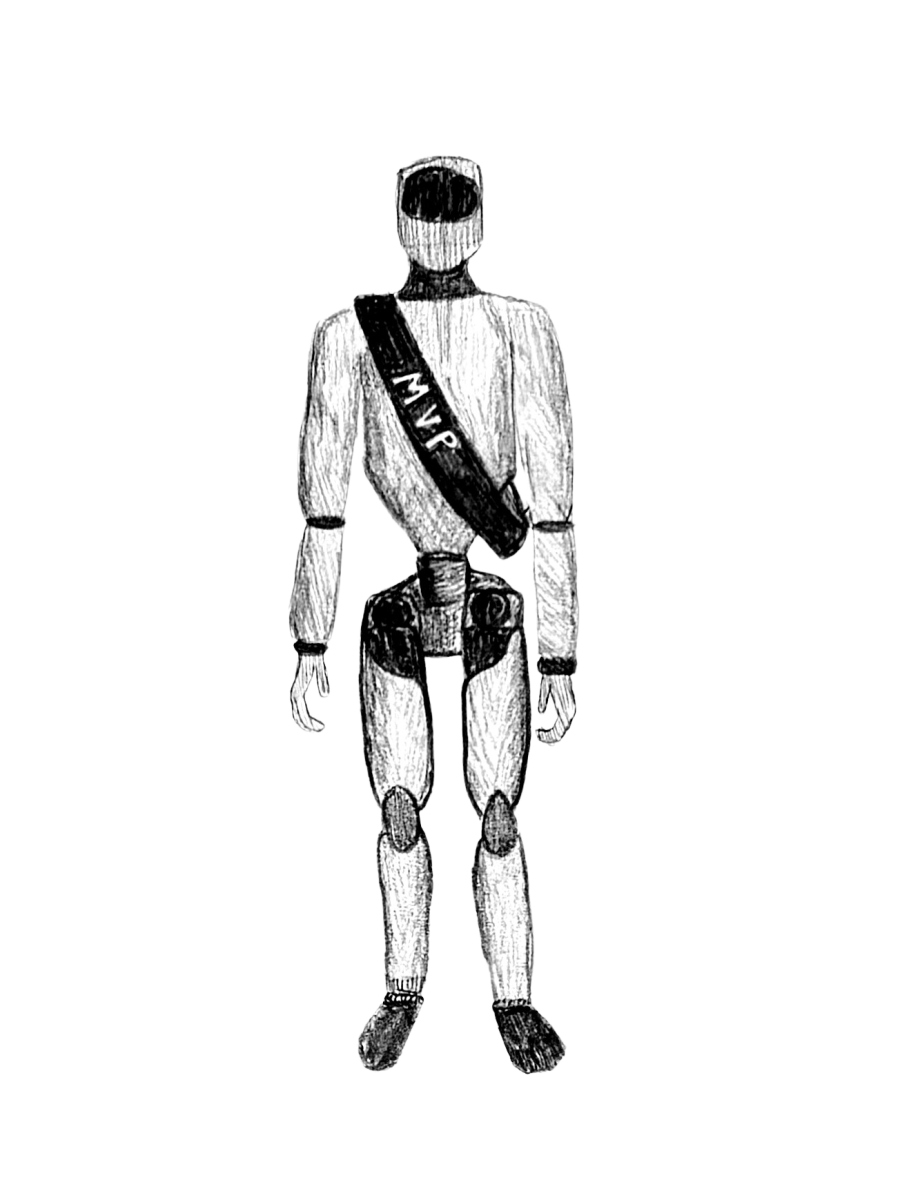The training of an ultra runner in high school
May 11, 2022
Freshman Caden Ragsdale tells a unique history of running long distances
Cecile Turner Features Editor
Freshman Caden Ragsdale, is an ultra runner. An ultra runner is someone who routinely runs long distance races and runs longer than a marathon (26.2 miles). As an ultra runner, Ragsdale has run two 100 mile races.
“I started at about eight years old and my dad was doing some ultras and I thought it was pretty cool,” Ragsdale said.
His parents and relatives have all been runners, creating a stable foundation for him to get into the sport of running.
“I asked if I could go on some runs. It started out short four or five mile runs, and then I worked my way up to a half marathon,” Ragsdale said.
He started with shorter distances and worked his way up to longer runs as he grew older. Ragsdale ran his first half marathon when he was about eight years old.
Ragsdale has run two 100 mile races and shares that the training for a half marathon is much different and short term compared to the training of a 100 mile race.
“You are supposed to run your distance for training in months. If you are running a 100 mile, you are supposed to run, at minimum, 100 miles a month,” Ragsdale said.
In training for this distance, running more is always better.
“I do five to six mile runs probably two to three times a week and then a longer run on the weekend, usually above ten miles in preparation,” Ragsdale said.
Ragsdale was 13 for his first 100 mile and is 14 now. He ran it in 29 hours and 12 minutes. He ended up taking third overall, which he was not expecting.
“Most of the other people dropped out because it was raining the whole night,” Ragsdale said.
Running a 100-mile ultra is hard on the body. Even after the race, runners usually can’t run for another week and a half.
“It is the most challenging mentally. The race physically doesn’t get worse progressively after about 50 miles. That is about as bad as you are going to feel,” Ragsdale said.
Ragsdale recounts that he almost ran into a tree at night because he was falling asleep.
“The hardest part is always the night, usually around three o’clock. The hardest part is staying moving, staying awake and motivated,” Ragsdale said.
After completing a 100-miler, runners need rest, food and time to recover.
“Usually you don’t feel hungry a day after. Your body is in such shock that it doesn’t want to take in all of the calories. You don’t really want to eat but you definitely should. You need lots and lots of food and water,” Ragsdale said.
After some initial days off and consuming food and water as recovery, you can start out with light two mile runs at easy paces.
“You can build your way up for what your body feels best and take recovery at your own pace,” Ragsdale said.
As a last piece of advice, Ragsdale advises to slowly work your way up in the distance.
“You don’t have to get it all in one year. For the experience level it should take you a few years before you run your first 100 miler.”
With dedication and the right preparation, anyone can run a 100 miler.
Freshman Caden Ragsdale runs through the forest in December on his second 100 mile race. Ragsdale says that he does not carry much gear while he runs because of the numerous aid stations positioned throughout the course.

























